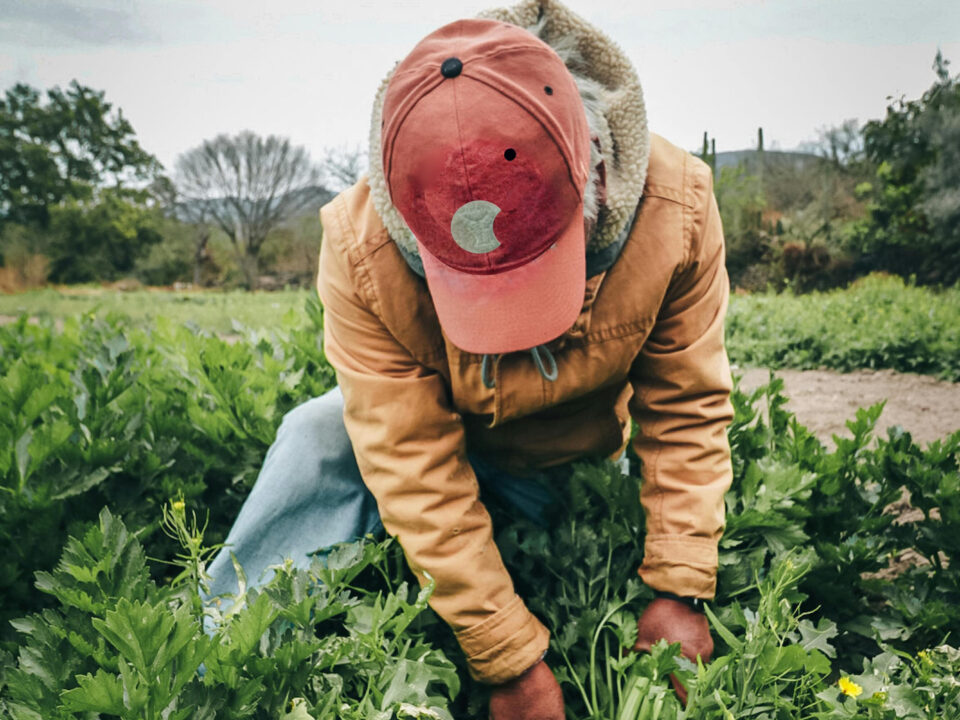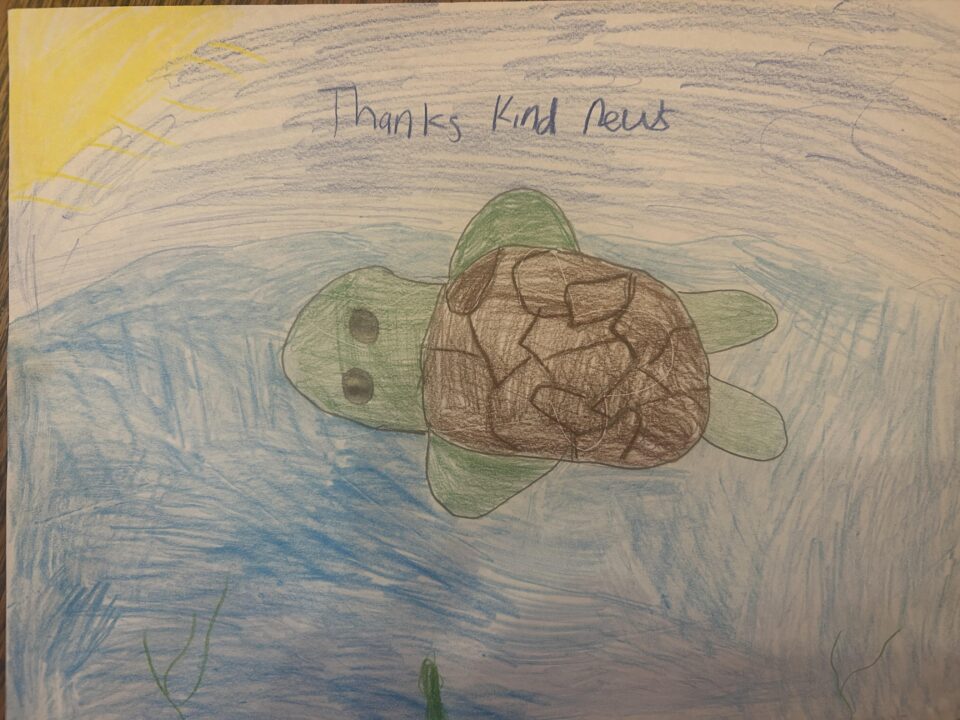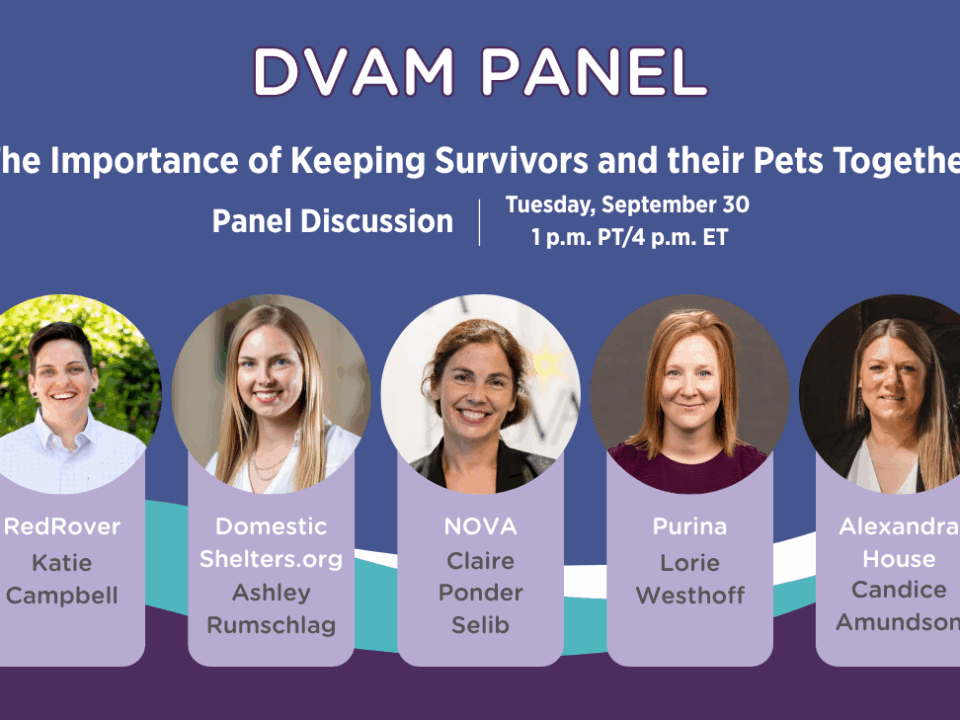Autism Acceptance Month and Animals! How Children Thrive with Empathy
March 28th, 2025
By Johanna Casao, Communications Manager –
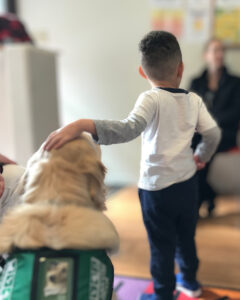 My journey advocating for children with autism spectrum disorder (ASD) and other special needs started with family members. Some cousins were treated differently, and never allowed to play with the rest of us for fear of judgment or an unexpected tantrum. Some cousins were always integrated into our playgroup, and many of us kids learned a valuable lesson in meeting people we loved with different needs where they were. As a child, I knew that all of these cousins were wonderfully unique individuals, with their own exciting personalities and interests.
My journey advocating for children with autism spectrum disorder (ASD) and other special needs started with family members. Some cousins were treated differently, and never allowed to play with the rest of us for fear of judgment or an unexpected tantrum. Some cousins were always integrated into our playgroup, and many of us kids learned a valuable lesson in meeting people we loved with different needs where they were. As a child, I knew that all of these cousins were wonderfully unique individuals, with their own exciting personalities and interests.
As I got older, I worked as a YMCA camp counselor in San Diego for programs that traveled to zoos and animal experiences, and I saw what learning about animals did for children. The kids I worked with were curious, engaged, and enthralled by the creatures that they could touch or watch from afar, large and small. Children at all learning levels were excited to find out how they could protect and befriend animals, and I was determined to bring that moving experience to all children that I worked with in the future.
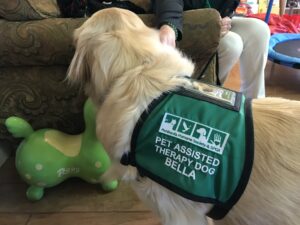 In the San Francisco Bay Area, I began to work with a different age group: infants and toddlers aged 0-3, with speech delays, autism, and other behavioral and sensory needs. I brought my advocacy for animal programs to these families, exposing new parents to the idea of connecting their children with special needs to animals who can help them learn routine, how to regulate their own emotions, and ultimately, how to make friends. Little children from all over the Bay were able to meet guinea pigs, chickens, and rabbits perfect for their size – and of course, gentle giant therapy dogs from the Peninsula Humane Society. Their parents learned how tender their child could be, and where to set boundaries to treat animals kindly and with empathy.
In the San Francisco Bay Area, I began to work with a different age group: infants and toddlers aged 0-3, with speech delays, autism, and other behavioral and sensory needs. I brought my advocacy for animal programs to these families, exposing new parents to the idea of connecting their children with special needs to animals who can help them learn routine, how to regulate their own emotions, and ultimately, how to make friends. Little children from all over the Bay were able to meet guinea pigs, chickens, and rabbits perfect for their size – and of course, gentle giant therapy dogs from the Peninsula Humane Society. Their parents learned how tender their child could be, and where to set boundaries to treat animals kindly and with empathy.
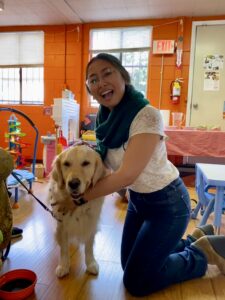 Now, I’m happy to support communications for our RedRover Readers program and Kind News™ magazine, where our focus on teaching empathy and humane education brings ideas for being kind to animals straight to communities and classrooms. This resource from The Human-Animal Bond Research Institute (HABRI) lists some of the benefits for people with ASD having a pet in the home, such as “addressing loneliness, improving social behavior, and improving family functioning and reducing stress.” Many programs at the local library or animal shelter include reading to or spending time with therapy dogs. A supervised time walking shelter animals could also get families with special needs children out in the community!
Now, I’m happy to support communications for our RedRover Readers program and Kind News™ magazine, where our focus on teaching empathy and humane education brings ideas for being kind to animals straight to communities and classrooms. This resource from The Human-Animal Bond Research Institute (HABRI) lists some of the benefits for people with ASD having a pet in the home, such as “addressing loneliness, improving social behavior, and improving family functioning and reducing stress.” Many programs at the local library or animal shelter include reading to or spending time with therapy dogs. A supervised time walking shelter animals could also get families with special needs children out in the community!
As we honor Autism Acceptance Month in April, consider the connection between companion animals and people. Researched by amazing partners of RedRover like HABRI, incorporating animal interactions into the lives of children and adults with autism can help bridge and strengthen their connections with other people as well.

